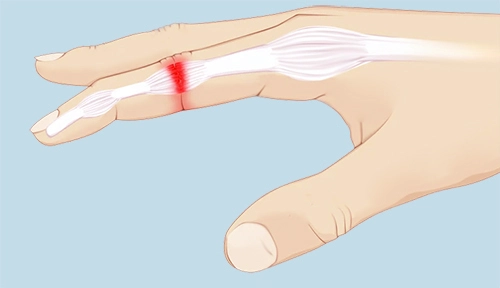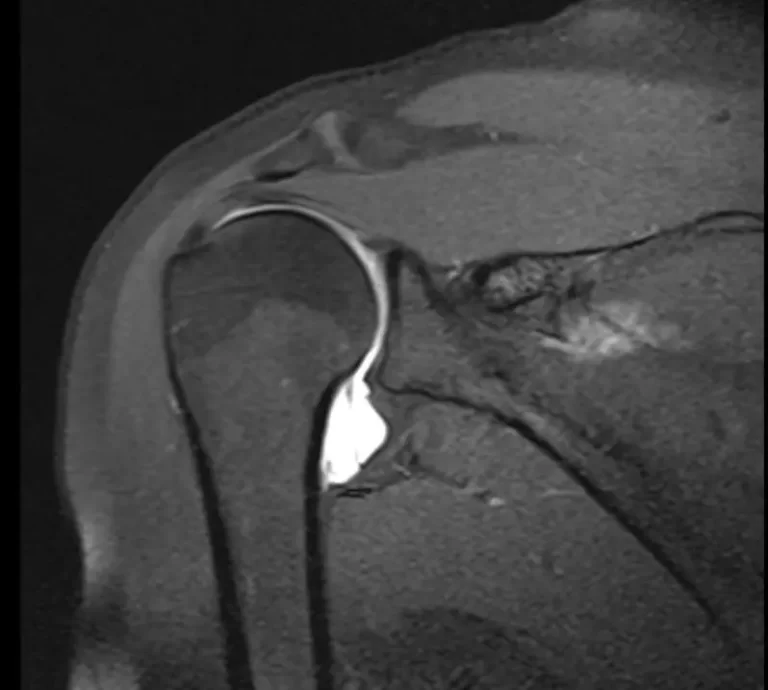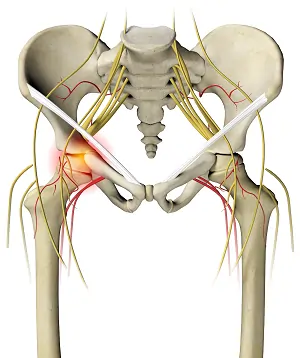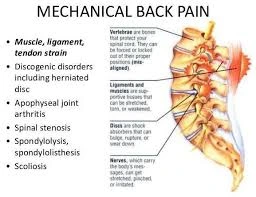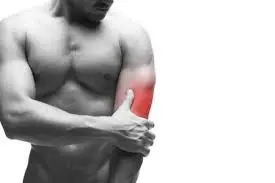Finger Sprain
Table of Contents
What is Finger Sprain?
- When one of the ligaments in your finger is over-stretched or torn, you have a sprained finger. a band of soft tissue known as a ligament. Most connect the exterior of one bone to the exterior of another bone. A strain, on the other hand, is an injury to one of your tendons, the cords of tissue that connect your muscles to your bones. your bones to your muscles.
Symptoms of Finger Sprain
- Redness, soreness, bruising, and swelling are all signs of a strained finger. The main sign of a strained finger is inflammation. Because it is the body’s primary immune defense, inflammation happens. following a wound, defense. The injured finger’s mobility may also be affected by a sprain.
Other signs and symptoms of a sprained finger include:
- throbbing, especially when letting the finger rest or when hanging at a person’s side discomfort redness swelling when trying to move or use the finger inability to straighten, extend, or bend the finger bruises The majority of mild sprains, in which the ligaments are overextended but not damaged, don’t need medical care.
- RICE Principle can be used to lower blood flow and, consequently, inflammation, which can be used to treat mildly injured fingers at home For the first few days, over-the-counter pain and anti-inflammatory drugs can also help lessen and control symptoms.
Causes of Finger Sprain
These are some common reasons why fingers sprain:
- a wound that either makes your finger bend too far or in the wrong direction. Backward bending of the finger is referred to as “hyperextension.” When engaging in physical activity, for instance, you could unintentionally bend your finger in these ways, especially if you sports that require hand-eye coordination, such as basketball. It’s possible that you’ll unintentionally insert your finger into a piece of gear like the ball, or into another participant, resulting in a sprain. on your hand after falling. If you struggle with balance or coordination, you’re more prone to sprain your ankle. if your ligaments are weak or if you are inclined to tumble.
Diagnosis
Your finger will be physically examined by your doctor. Additionally, imaging exams like an X-ray and, in fewer instances, an MRI, may be performed on you.
Your doctor will evaluate your finger sprain according to its severity if you do have one:
- Grade 1: Your joint is solid, however, your ligaments have some microtears or straining.
- Grade 2: Your ligament has partially torn, and there is some mild joint instability.
- Grade 3: Your joint is significantly unstable, and your ligament has either been severely torn or entirely torn.
first-degree sprain
- The least severe sprain is a first-degree one. Ligaments that are strained but not torn are involved. A restriction in the finger’s capacity to flex or extend is one of the symptoms, along with some localized pain and edema around the joint. The finger and joint’s strength and stability are unaffected.
second-degree sprain
- Second-degree sprains are categorized as moderate sprains because greater ligament injury has occurred. They may sustain damage. also the joint capsule. The tissue could partially tear as a result. Among the signs include increased pain. more pronounced swelling that could cover the entire finger the entire finger may be impacted by the restricted range of motion, not just one joint. mild joint instability
Third-degree sprain
- The most serious kind of sprain is a third-degree sprain. It denotes a serious ligament rupture or ripping. Symptoms could include a finger that has fully or partially dislocated. extreme pain and swelling, instability of the entire finger, and finger discoloration.
There is no need to consult a doctor right away if you believe you have a minor sprain. But if home treatment hasn’t worked and If your mobility hasn’t improved after three or four days, schedule an appointment just to be sure. Sprains of the second and third degree could necessitate medical care. They will examine the joint and request that you flex and extend your finger so they can assess the mobility and functionality of the joint. To check for fractures and assess the severity of the damage, they could ask for an X-ray.
Treatment of Finger Sprain
To make you feel better, there are numerous therapies available.
the RICE method
To address your symptoms, your doctor may advise RICE therapy. Rest, ice, compression, and elevation are all parts of the acronym RICE.
R — rest
Limiting the use of the finger for a few days is one of the simplest ways to lessen discomfort and swelling brought on by a sprained finger. after the first wound. Resting the injured finger for a few hours each day may help, depending on how serious the sprain is. while it recovers.
I — ice
To treat the damaged finger, apply an ice pack or compress wrapped in a cloth. Avoid exposing the skin to ice up close and do not keep them for longer than 15 minutes, and place ice on the finger. Long-term icing of wounds increases inflammation and may cause tissues to freeze and become damaged. pause for 20 minutes in between Repeat ice procedures many times a day or hourly.
C- Compression
Use a thin elastic bandage, finger compress bandage, or sports tape, all of which are readily available to you, to gently wrap the finger. Internet buying. Just enough pressure should be applied to the finger after wrapping the bandage. Avoid overwrapping the bandage too firmly. could restrict circulation and function as a tourniquet. After the first 24 to 48 hours or when the inflammation has subsided, take off the bandage. has started to dramatically decrease. After the compression bandage has been taken off, buddy tape should be applied to the finger.
E – elevation
Keep the finger lifted over the heart, or elevated. To keep the finger up when standing or moving around, use a sling. While The damaged finger should be supported by a pillow while sitting or sleeping.
over-the-counter drugs
In particular, during the first few days following the sprain, over-the-counter pain relievers and anti-inflammatory drugs, like Ibuprofen, acetaminophen, aspirin, and naproxen can all be used to reduce pain and other symptoms.
Follow the directions on all prescriptions. A person must consult a doctor before taking medication for an extended period of time.
Buddy tape
Buddy taping, which involves attaching an injured finger to a healthy finger next to it with first aid tape, is effective for treating mild to moderate strains.
Wait 48 hours after the accident or until the initial swelling starts to go down before taping a finger with a moderate to severe sprain.
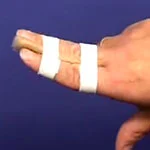
Buddy-taping advice for an injured finger includes:
Cut a tiny rectangle from a piece of foam or cotton so that it is about half the size of the hurt finger. To wrap the finger, cut two pieces of non-stretch first aid or medical tape. Tape the wounded finger twice: once just above the affected joint and once more just below it.
Place the cut segment of foam or cotton pad where the two taped fingers’ knuckles or bones would bump into one another.
Utilizing the current pieces of tape as an anchor, tape the wounded finger to the finger next to it. Avoid wrapping your fingers too firmly. The tape is too tight if it forces the finger to bend or twist. Once the finger has fully recovered, generally after two to four weeks, remove the buddy tape.
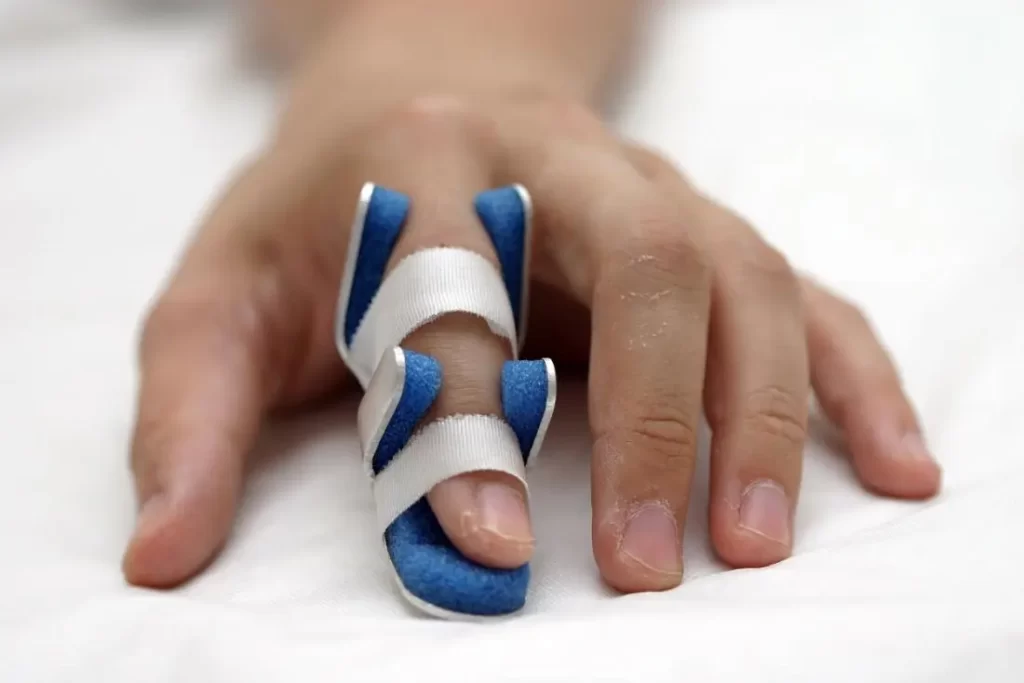
Splint
A splint can help with moderate sprains by completely restricting the ligament and maintaining its straightness while it recovers.
finger braces
A finger brace could be suggested as part of the treatment for a sprained finger. You can buy finger braces at a drug or grocery shop, then use them as directed. The majority of research indicates that the best option for an injured finger is a form of splint known as a baseball splint. For five to seven days, the wounded finger should be immobilized with a splint that is slightly bent or downward curling. Once upon a time after the splint has been taken off, they can decide to buddy tape the finger until it is totally healed.
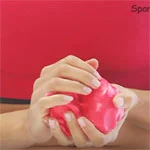
Exercise
It’s crucial to start moving the finger as much as is comfortable once the pain and swelling have subsided.
Daily finger stretches with a hand exercise ball or resistance bands can aid in healthy healing while the finger mends.
Blood flow to the finger keeps the muscles from wasting away.
Exercises or stretches that make you more painful or unpleasant should be stopped or reduced.
Surgery
Surgery could be required to restore the tissue and enable appropriate healing if the ligament is totally ripped. Alternatively, a Possible joint instability. Following surgery, a doctor will put a cast or splint on the finger, which the patient must wear for a few weeks. Buddy taping works best in the last few healing weeks after the cast or splint has been taken off.
Recovery period
Most injured fingers begin to feel significantly better within 48 hours with simple rest and care. Most moderate sprains heal in 3 to 6 weeks. weeks to completely heal. Despite the fact that recovery time is primarily dependent on the severity of the injury, damaged or torn finger ligaments typically require two to three times as long to heal. finger sprains that are mild or moderate take longer to recover.
When to see a doctor?
When a sprained finger is unbearably painful or if symptoms do not subside within a few days, a person should contact a doctor. between 24 and 48 hours.
Medical treatment is also necessary for sprained fingers that have an odd appearance, are curved, or are dark in color. And visiting a doctor is crucial.
if one believes that the injury may have injured bones or joints, as quickly as possible.
FAQs
How long does it take to recover sprained fingers?While sprains can be uncomfortable, the majority of minor finger sprains heal in approximately a week. If the sprain is more severe, three to six weeks to fully recover, but may sometimes continue to be swollen and painful for far longer periods of time.
How is a finger sprain treated?
RICE is your initial course of action for treating a sprained finger at home. The acronym RICE stands for elevation, rest, ice, and compression. You’ll ice packs must be applied for 20 minutes at a time, followed by resting the joint. Never put ice directly on the skin; instead, wrap it in a towel-wrapped ice pack.
Is it possible for a finger to heal on its own?Fingers that have been sprained can recover on their own, although it does depend on how severe the injury was. Typically, minor finger sprains heal within After a few weeks of P.R.I.C.E. (Protection, Rest, Ice, Compression, and Elevation) therapy, the injury will fully recover after a few days of basic care.
Should a sprained finger be bent?Many people gain from immobilizing the wounded area with a cast, brace, or tape to reduce pain and avoid swelling. over several days. In order to alleviate wrist pain, it’s crucial to move your fingers and bend and straighten your wrist numerous times each day. reduce edoema and joint stiffness.
What is the name of a sprained finger?
A jammed finger is a slang term for a number of injuries to the finger joints brought on by axial loading that exceeds the ligaments’ capacity to bear it. Ligaments, joints, and bones are frequently injured components of the finger.

